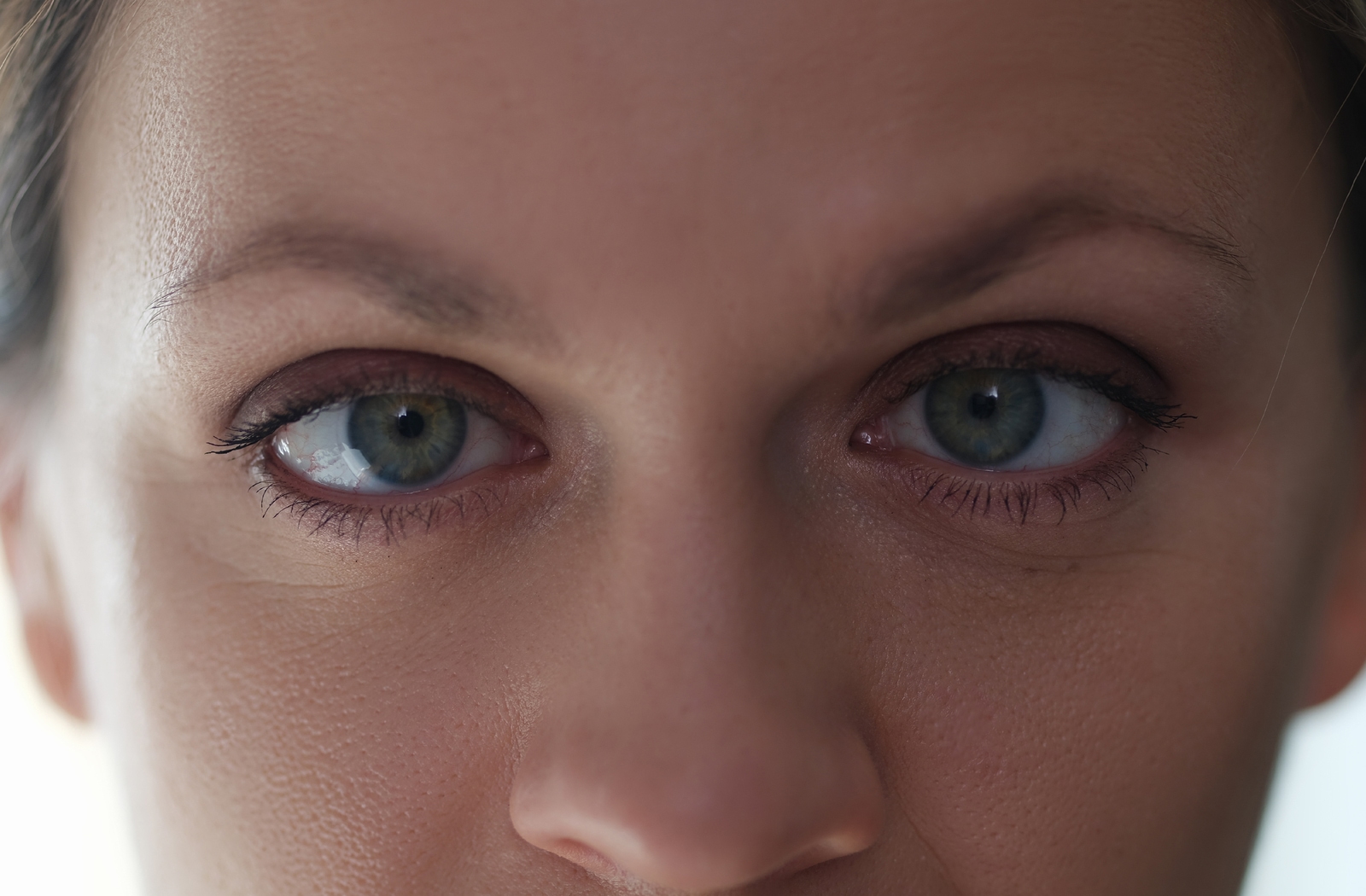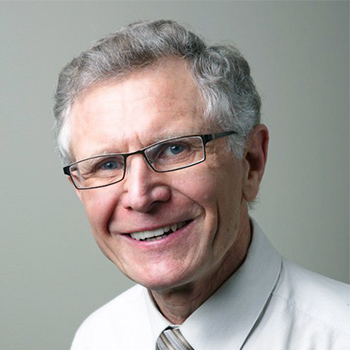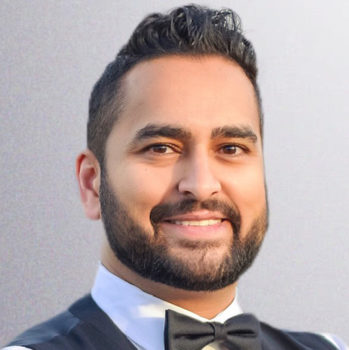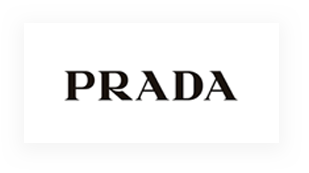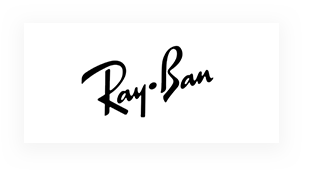Strabismus and amblyopia are common eye conditions that typically develop during early childhood. People often use the term “lazy eye” to describe both strabismus and amblyopia. But this is incorrect.
In reality, strabismus and amblyopia are completely different eye conditions.
If you think your child may have either one of these conditions, book a children’s eye exam with their optometrist as soon as possible. Early intervention can help ensure your child gets the treatment they need while preventing further damage from occurring.
In the meantime, keep reading to learn the differences between strabismus and amblyopia, how they’re diagnosed, and how vision therapy can help improve your child’s vision.
Learn More About Lazy Eye
Amblyopia is the medical term for lazy eye. Lazy eye occurs when there is a lack of development of clear vision in one or both eyes, causing one eye to become weaker. When this happens, the weaker eye can wander inward or outward.
Types of Lazy Eye
There are three main types of lazy eye:
- Refractive amblyopia occurs when there is a significant difference between the vision in both eyes
- Strabismic amblyopia occurs when there is a constant wander, or eye turn, in one eye
- Deprivation amblyopia occurs when there is a difference in vision due to a physical problem in one eye
Symptoms of Lazy Eye
Amblyopia can be difficult to notice. Children may find it hard to communicate vision issues, so the best way to tell if your child has amblyopia is by ensuring they get regular eye exams.
If your child has amblyopia, they may have some of the following symptoms:
- Clumsiness or difficulty catching or throwing objects due to poor depth perception
- Squinting, tilting their head, or shutting one eye to see clearly
- Complaints of eye pain or eye fatigue after doing near work
- They cry or get fussy when you cover one of their eyes
What Causes Lazy Eye?
Amblyopia usually begins during infancy and early childhood and can be caused by a variety of factors.
The most common causes of amblyopia are:
- Muscle imbalance in the eyes
- A difference in vision in the eyes
- Eye conditions such as cataracts
How Is Lazy Eye Treated?
During an eye exam, your child’s optometrist can assess your child’s amblyopia and identify the cause. Depending on the cause of your child’s amblyopia, there are several treatment options available, including:
- Contact lenses
- Eyeglasses
- Eye patching
- Vision therapy
In some cases, untreated lazy eye can cause permanent vision loss. Protect your child’s vision by ensuring they see their eye doctor for regular eye exams.

Learn More About Strabismus
Strabismus is the medical term for crossed eyes. Crossed eyes is a condition where the eyes don’t line up with one another, causing one or both eyes to turn in different directions.
Types of Strabismus
There are different types of strabismus, which are determined by the following:
- Which eye turns
- What direction the eye turns
- How often the eye turns
- The amount of eye turn
While there are many types of strabismus, the two most common types are:
- Accommodative Esotropia is usually caused by uncorrected farsightedness, which causes the eyes to turn in
- Intermittent Exotropia is a type of strabismus where one eye can fix on a target while the other points outward
Symptoms of Strabismus
Strabismus can usually be noticed by an observable eye turn. Other symptoms include:
- Poor depth perception
- Eye strain or fatigue
- Eye pain
- Headaches
- Blurred vision
- Double vision
What Causes Strabismus?
Most strabismus is caused by an abnormality in the control of eye movement, but it can also be caused by:
- Uncorrected refractive errors
- Head injuries or trauma
- Issues with the nervous system
- Other health conditions like cerebral palsy or grave’s disease
How is Strabismus Treated?
Treatment for strabismus may include:
- Eyeglasses
- Contact lenses
- Vision therapy
- Eye muscle surgery
The Main Difference Between Lazy Eye & Strabismus
While strabismus and lazy eye both cause a misalignment in the eyes, the difference between the two conditions can be boiled down to their causes.
Strabismus is a problem with eye alignment, causing both eyes to not look at the same place simultaneously, while lazy eye is eye misalignment due to visual acuity or eyesight.
Vision Therapy Can Help!
Vision therapy is an advanced treatment used by optometrists to correct vision issues. In vision therapy, your eye doctor will go through several activities to strengthen the connection between the optic nerve in the eye and the brain.
At Urban Optique, we use vision therapy to treat both strabismus and lazy eye. It can also help patients with other conditions, including:
- Binocular coordination difficulties
- Focusing issues
- Neurological disorders or traumas
To learn more about how vision therapy can help your child, or if you have any questions about your child’s vision, please don’t hesitate to get in touch with our team at Urban Optique!

